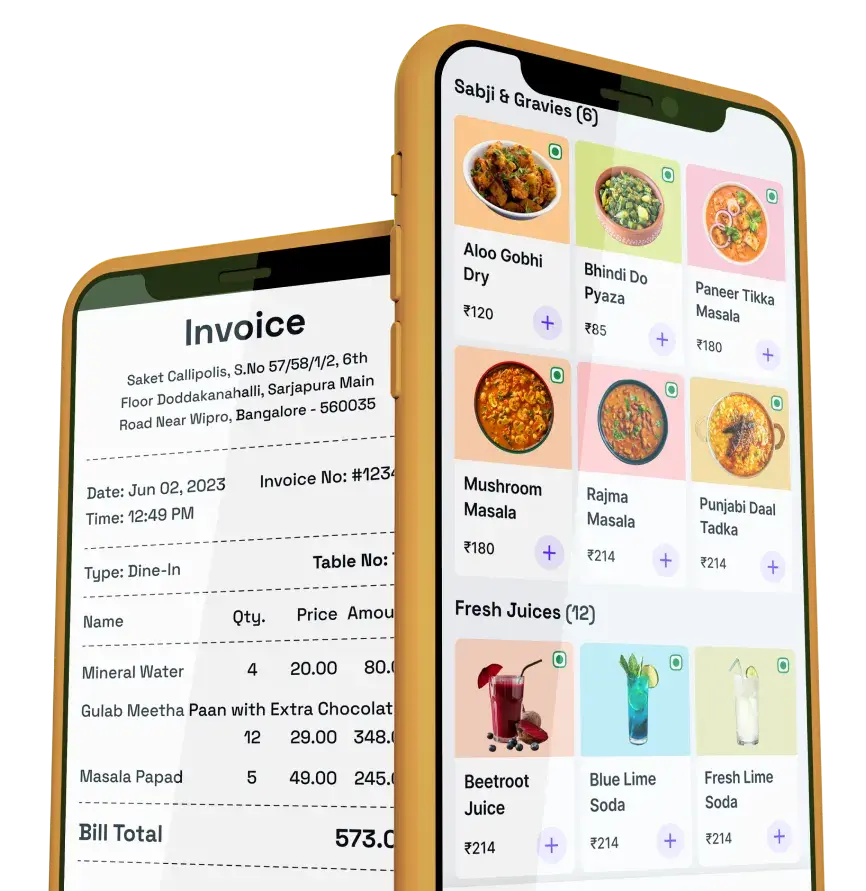Introducing Superbill
 Mobile, Desktop & Tablet App
Mobile, Desktop & Tablet App
Introducing Superbill Bharat ka digital billing app
Bharat ka digital billing app
& Invoicing for
The only business management software you need - fully customizable for your business
Book Free Demo Now
Download the Mobile App fromPlay Store
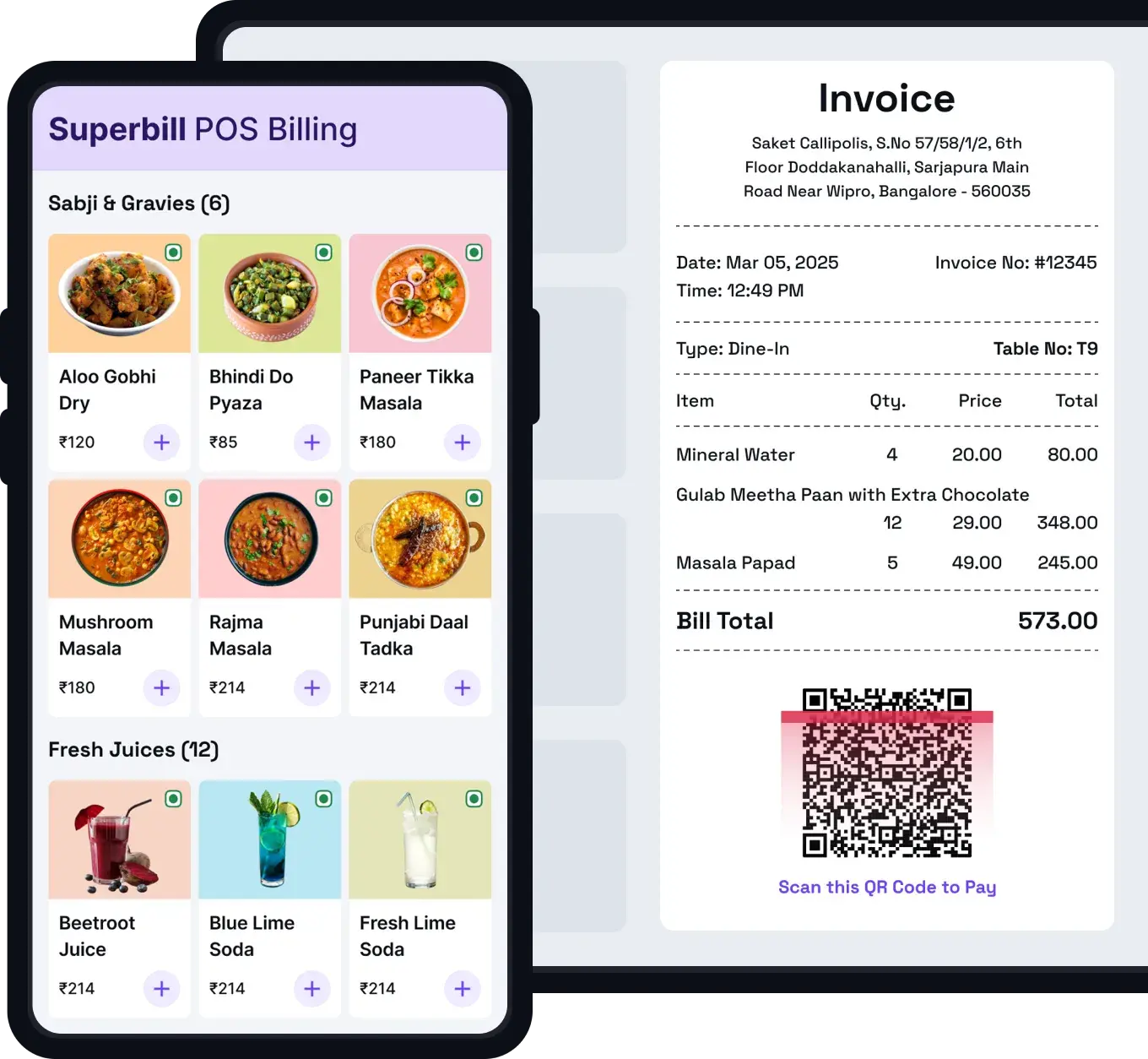
Loved by businesses everywhere
Personalized Bill for
Your Business
No more one-size-fits-all billing. Superbill creates customized bills and invoices tailored to your business type, whether you run a salon,...
read more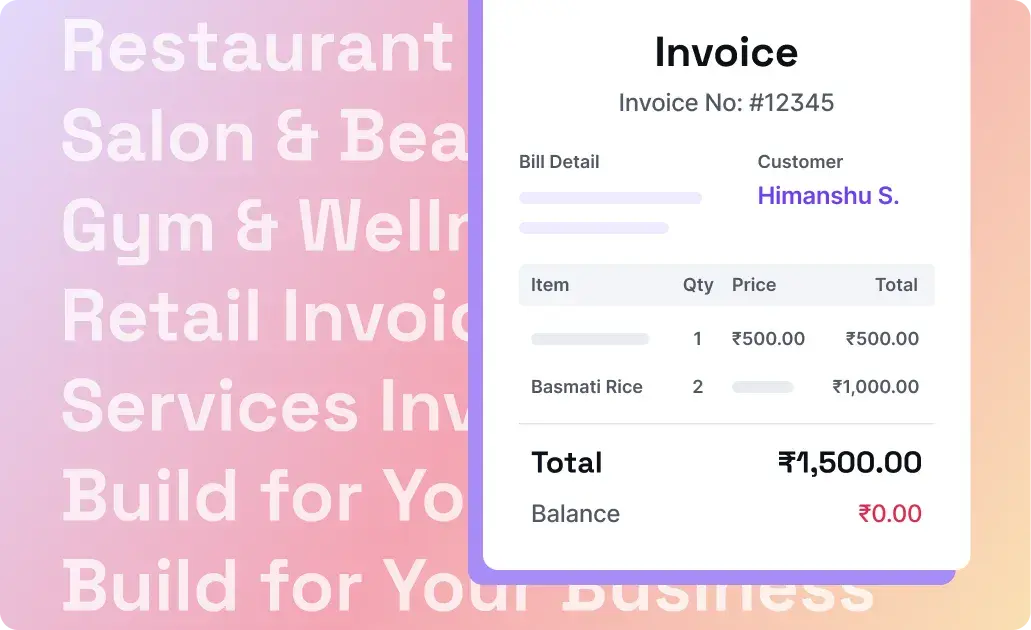
Send Invoices on
WhatsApp
Send bills, payment links, and receipts instantly to your customers via WhatsApp. Save time, get faster responses, and keep your...
read more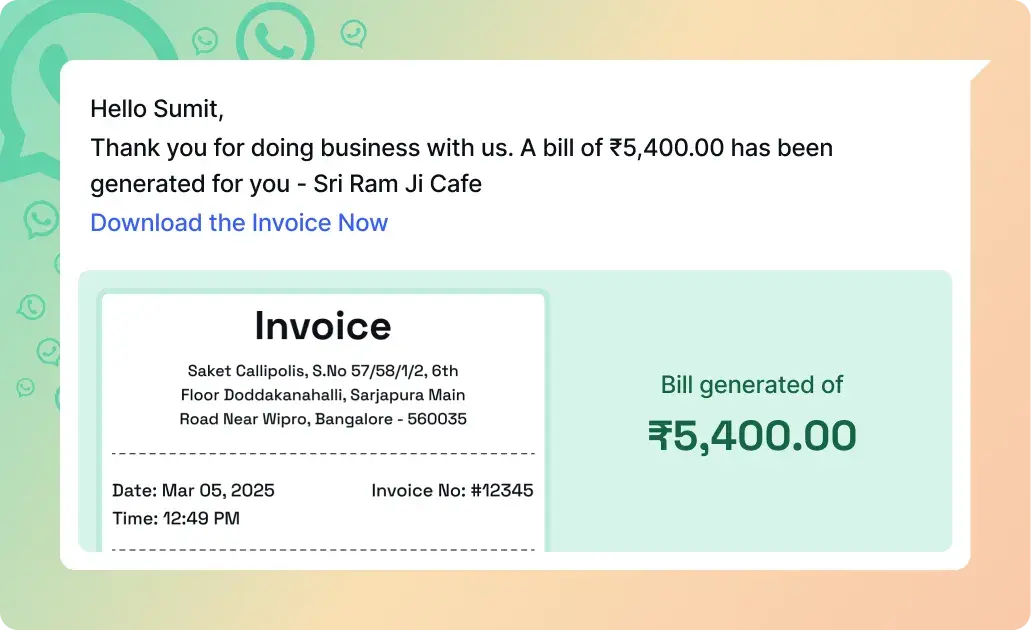
Works Online &
Offline
No internet? No problem. Superbill keeps your business running smoothly even when you're offline. Your data syncs automatically when you're...
read more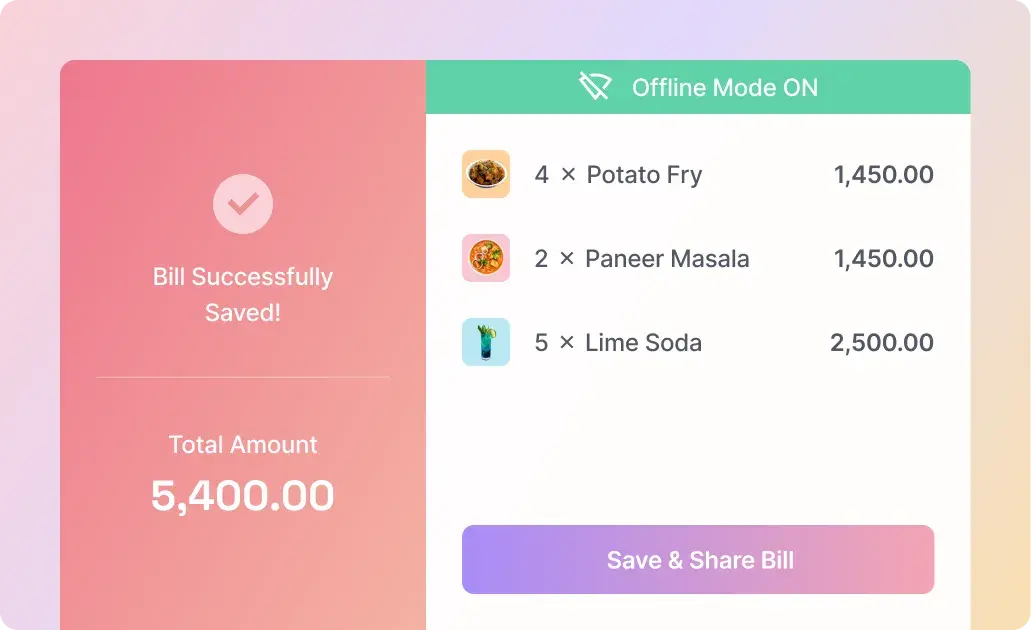
Instant GST Reports
& Insights
Track sales, payments, stock, and customer data in real-time. Superbill gives you powerful, easy-to-read reports so you always know what’s...
read more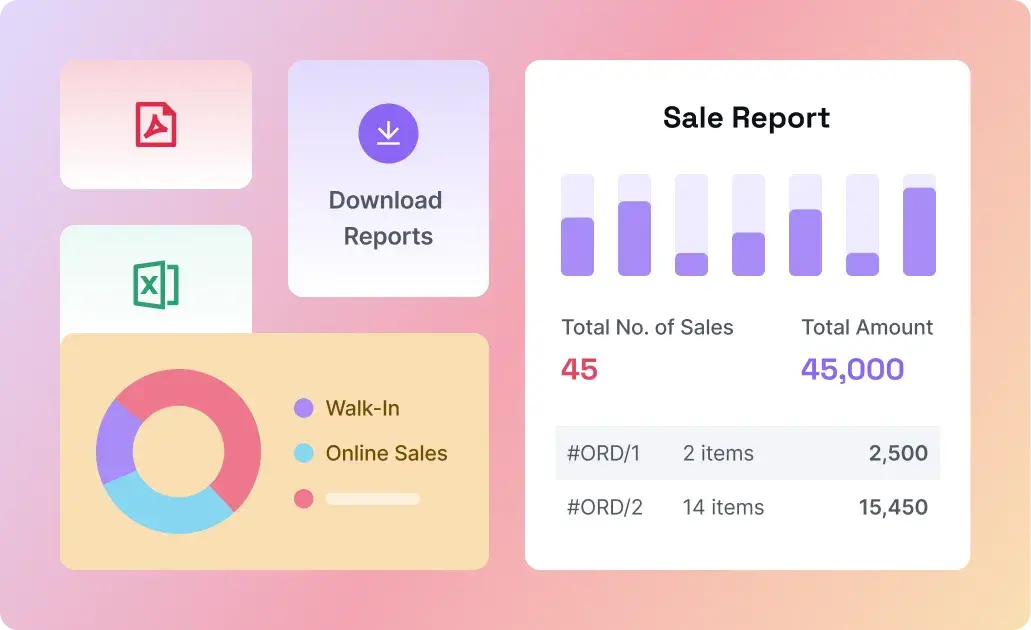
Built for you.
Built for your business.
Restaurant, Food & Beverage
Manage orders, generate KOTs, and create GST-compliant bills in seconds. Superbill is designed for restaurants, cafes, food trucks, and cloud kitchens, with support for dine-in, takeaway, and delivery orders.
Track daily sales, split bills, manage tables, and print receipts, even without internet.
Restaurant billing software, POS for cafe and cloud kitchens, GST bill app for restaurants
Salon, Spa & Beauty
Gym, Health & Fitness
Retails
Services
Top Features of Our GST Billing Software
Features & Benefits of GST Billing and Accounting Software

POS & GST Billing
Smart POS, Invoicing and GST billing for India

Invoicing & Accounting
Easy invoicing and accounting for small businesses

Customer CRM
Manage customer data, history, and loyalty

Order Management
Track, manage, and fulfill customer orders easily

Expense Management
Record and monitor daily business expenses smartly

Purchase Bill
Create, store, and track vendor purchase bills

WhatsApp’s Bill
Send bills and receipts on WhatsApp instantly

Table, Floor & Seat
Restaurant table and floor-wise billing made easy

Payment reminders
Auto-send payment reminders to customers on time

Stock & Inventory
Real-time inventory and stock tracking system

GST Reports & Analytics
Download GST-ready reports and business insights

Online Store
Create your online store and sell anywhere
+20 more features
Frequently asked questions
Can’t find the answer here?
Check out our Help Center
What is the best billing software for small businesses?
What is the best billing software for small businesses?
What is billing software?
What is billing software?
What is an invoice?
What is an invoice?
How much does billing software cost?
How much does billing software cost?
Which software is best for GST billing?
Which software is best for GST billing?
Is there any free billing software available?
Is there any free billing software available?
Which is the best free billing software for PC?
Which is the best free billing software for PC?
What is offline billing software?
What is offline billing software?
What is the most affordable billing software?
What is the most affordable billing software?
How to generate and send invoices for free?
How to generate and send invoices for free?
Which is the best free billing software?
Which is the best free billing software?

I run a small restaurant and Superbill has really helped me. Billing is fast, I can manage tables easily, and daily reports are just one click. Even my staff finds it simple to use.
BBQ Bite, Ram Bhavani Singh, Punjab

1
2
3
4











